Contemporary dance is a dynamic art form that combines various dance styles. It requires a lot of creativity and innovation to come up with a dance routine that resonates with the audience. Music is a crucial element in contemporary dance, and the choice of the right song can make or break a performance. In this article, we will explore some of the best songs for contemporary dance.
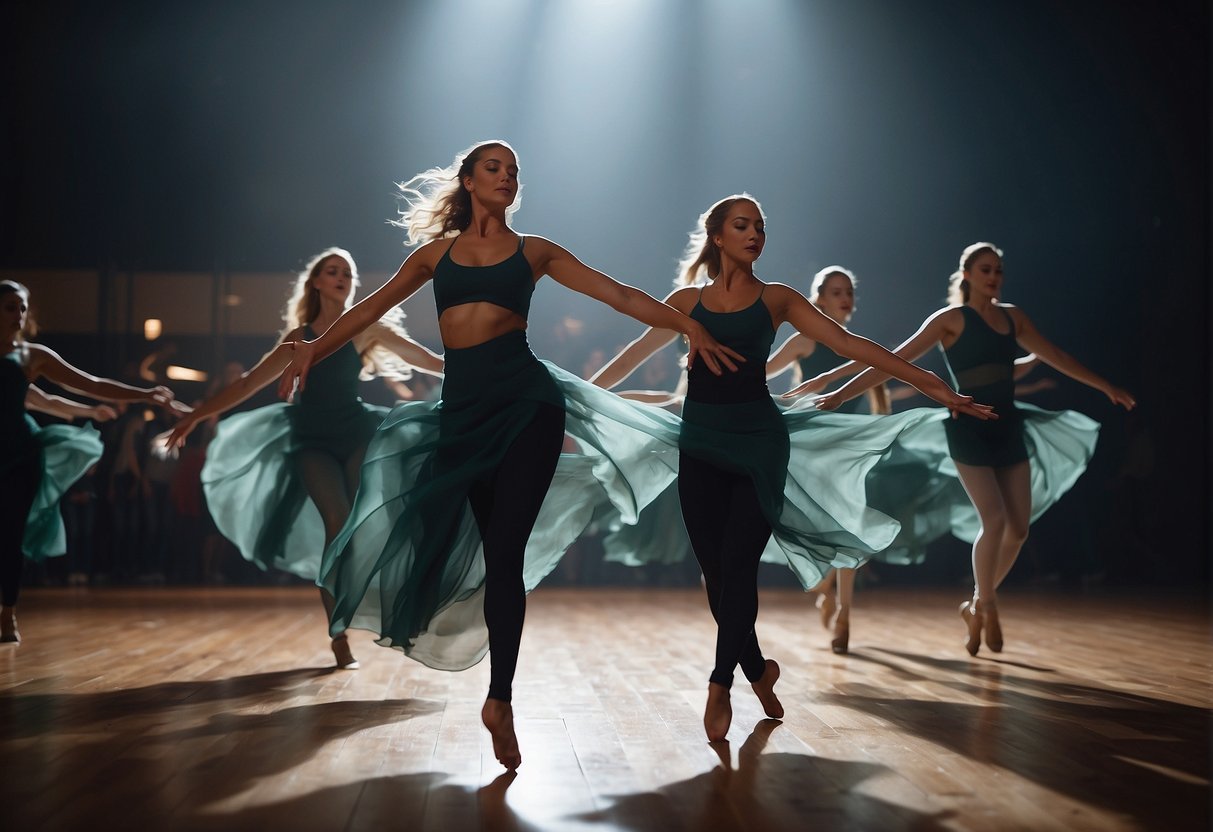
Contemporary dance is not limited to a specific genre of music. Dancers can choose from a wide range of music styles, including pop, hip hop, electronic, and classical. The best song for contemporary dance is one that complements the movements of the dancers and evokes the desired emotions. It should have a strong beat, a memorable melody, and meaningful lyrics that connect with the audience.
Choosing the right song for contemporary dance requires careful consideration of the theme and mood of the performance. A powerful song can elevate a dance routine and leave a lasting impression on the audience. In the following sections, we will explore some of the best songs for contemporary dance that have been widely used by choreographers and dancers around the world.
Understanding Contemporary Dance
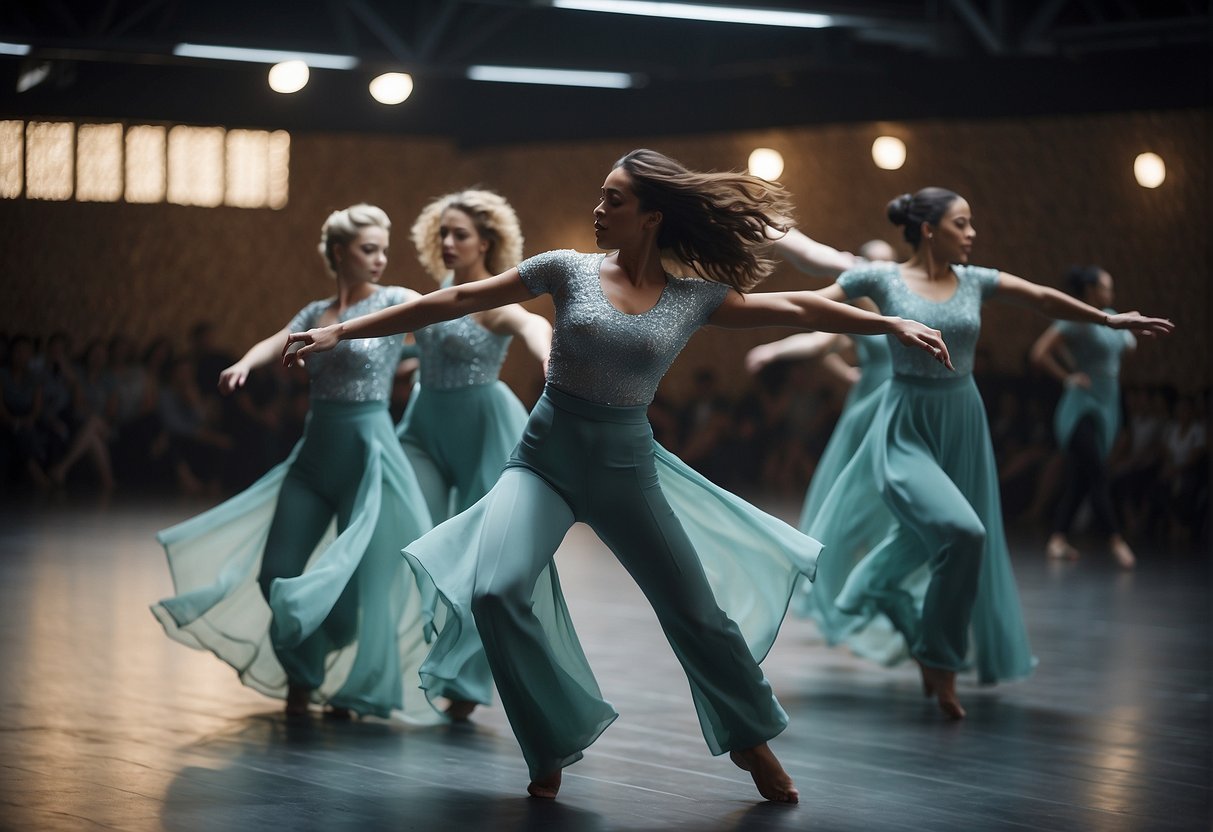
The Essence of Contemporary Dance
Contemporary dance is a form of artistic expression that combines elements of various dance styles, including modern dance, jazz, ballet, and hip-hop. It is characterized by its fluidity, grace, and emotional intensity, and often focuses on exploring the human condition through movement.
One of the defining features of contemporary dance is its emphasis on improvisation and experimentation. Dancers are encouraged to explore their own unique movement vocabulary and to push the boundaries of traditional dance techniques. This allows for a great deal of creative freedom and often leads to highly individualized performances.
Contemporary dance also often incorporates elements of theater and performance art, with dancers using their bodies to tell stories and convey emotions. This can be seen in works that address social and political issues, as well as those that explore more personal themes such as love, loss, and identity.
Modern Dance vs. Contemporary Dance
While contemporary dance is often associated with modern dance, the two styles are actually quite distinct. Modern dance emerged in the early 20th century as a reaction against the rigid formalism of ballet, and is characterized by its focus on natural movement and expression.
Contemporary dance, on the other hand, emerged in the mid-20th century as a response to the changing cultural landscape of the time. It incorporates elements of modern dance, but also draws on a wider range of influences and styles.
One of the key differences between modern and contemporary dance is their approach to technique. While modern dance emphasizes the development of a strong technical foundation, contemporary dance often values individual expression and experimentation over strict adherence to technique.
Overall, contemporary dance is a dynamic and ever-evolving art form that continues to push the boundaries of what is possible through movement. Its focus on individual expression and experimentation makes it an ideal medium for exploring the complexities of the human experience.
The Role of Music in Contemporary Dance
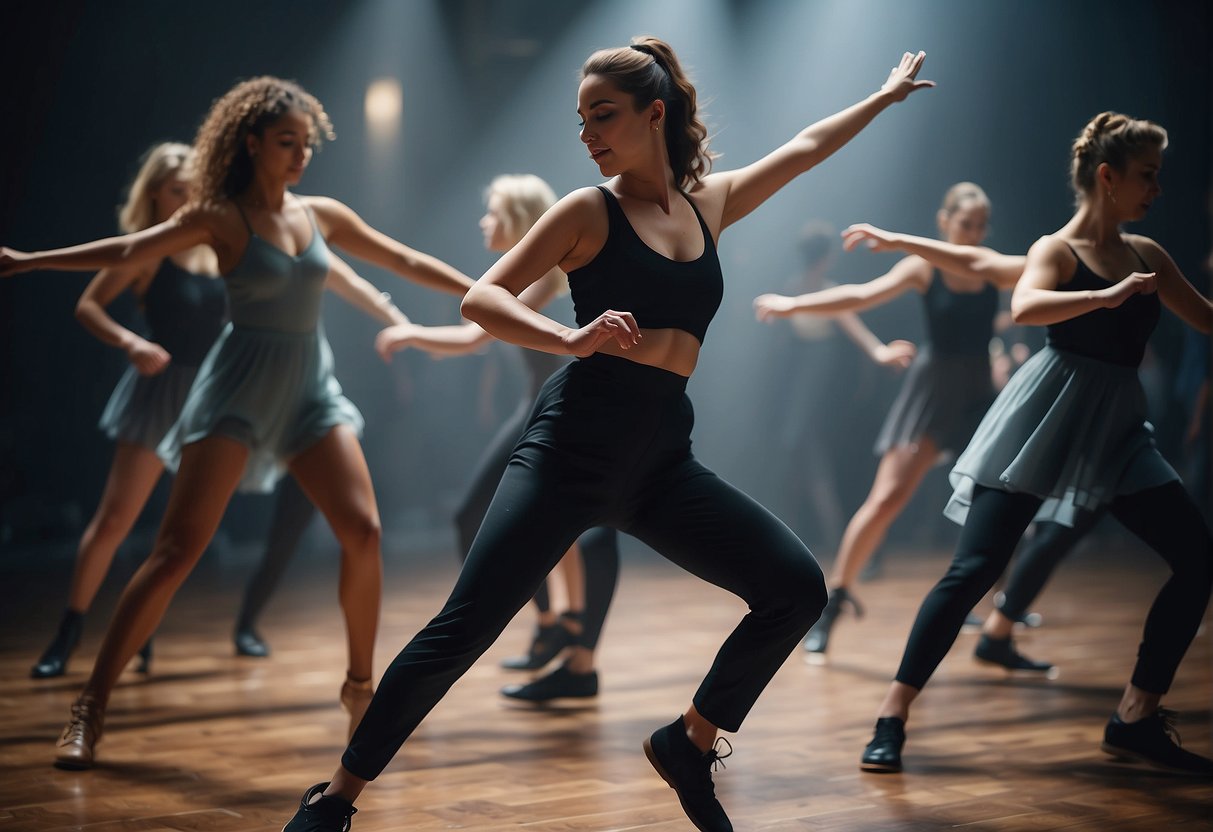
Contemporary dance is a form of expressive dance that combines elements of several dance genres, including ballet, jazz, and modern dance. One of the most important aspects of contemporary dance is the music that accompanies it. The music sets the tone and mood for the dance, and can greatly enhance the emotional impact of the performance.
Emotional Connection Through Music
Music plays a critical role in creating an emotional connection between the dancer and the audience. The right music can help the dancer express their feelings and emotions through movement, while also evoking an emotional response from the audience. Contemporary dance often explores complex and intense emotions, and the music must be carefully selected to support and enhance these emotions.
Dance Music Genres and Styles
Contemporary dance can be performed to a wide range of music genres and styles. Some popular genres include classical, electronic, and pop music. Each genre has its own unique characteristics and can evoke different emotions and moods. For example, classical music is often used for more traditional and formal contemporary dance performances, while electronic music is often used for more experimental and avant-garde performances.
In conclusion, the role of music in contemporary dance is critical. The right music can greatly enhance the emotional impact of the performance and create a powerful connection between the dancer and the audience. By carefully selecting the appropriate music genre and style, dancers can create beautiful and moving performances that leave a lasting impression on their audience.
Selecting the Best Songs for Contemporary Dance
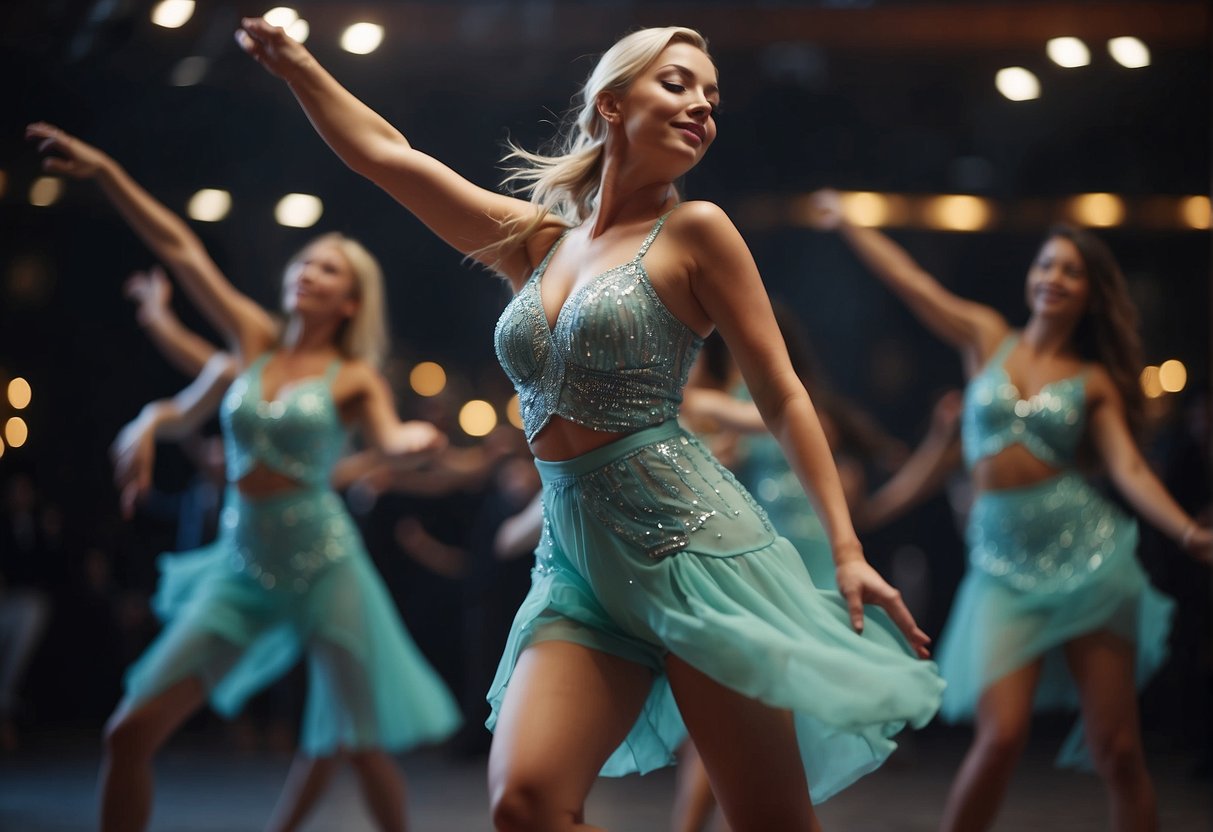
Contemporary dance is a form of expressive dance that combines elements of several dance styles, including ballet, jazz, and modern dance. The music used in contemporary dance plays a crucial role in setting the mood, tone, and tempo of the dance routine. Here are some factors to consider when selecting the best songs for contemporary dance.
Characteristics of Ideal Dance Tracks
The ideal contemporary dance track should have a strong beat, clear rhythm, and a dynamic range of sound. The song should be able to evoke emotion and tell a story through its melody and lyrics. The tempo of the song should match the pace of the dance routine, and the song’s structure should allow for variation in movement and expression.
Influence of Lyrics and Tempo
The lyrics and tempo of the song can greatly influence the style and tone of the dance routine. For instance, a slow, melancholic song can be used to convey a sense of sadness or loss, while an upbeat, energetic song can be used to convey joy and excitement. The lyrics of the song can also be used to convey a message or story that complements the dance routine.
Incorporating Various Music Genres
Contemporary dance is a versatile dance style that can incorporate various music genres, such as pop, electronic, Latin music, and hip-hop. The choice of music genre should be based on the theme and style of the dance routine. For instance, a contemporary dance routine that focuses on social issues may use hip-hop or rap music to convey a powerful message, while a routine that focuses on love and romance may use a slow ballad.
In conclusion, selecting the best songs for contemporary dance requires careful consideration of various factors, such as the characteristics of the dance track, the influence of lyrics and tempo, and the incorporation of various music genres. By choosing the right music, dancers can create a powerful and emotional performance that captivates their audience.
Top Contemporary Dance Songs
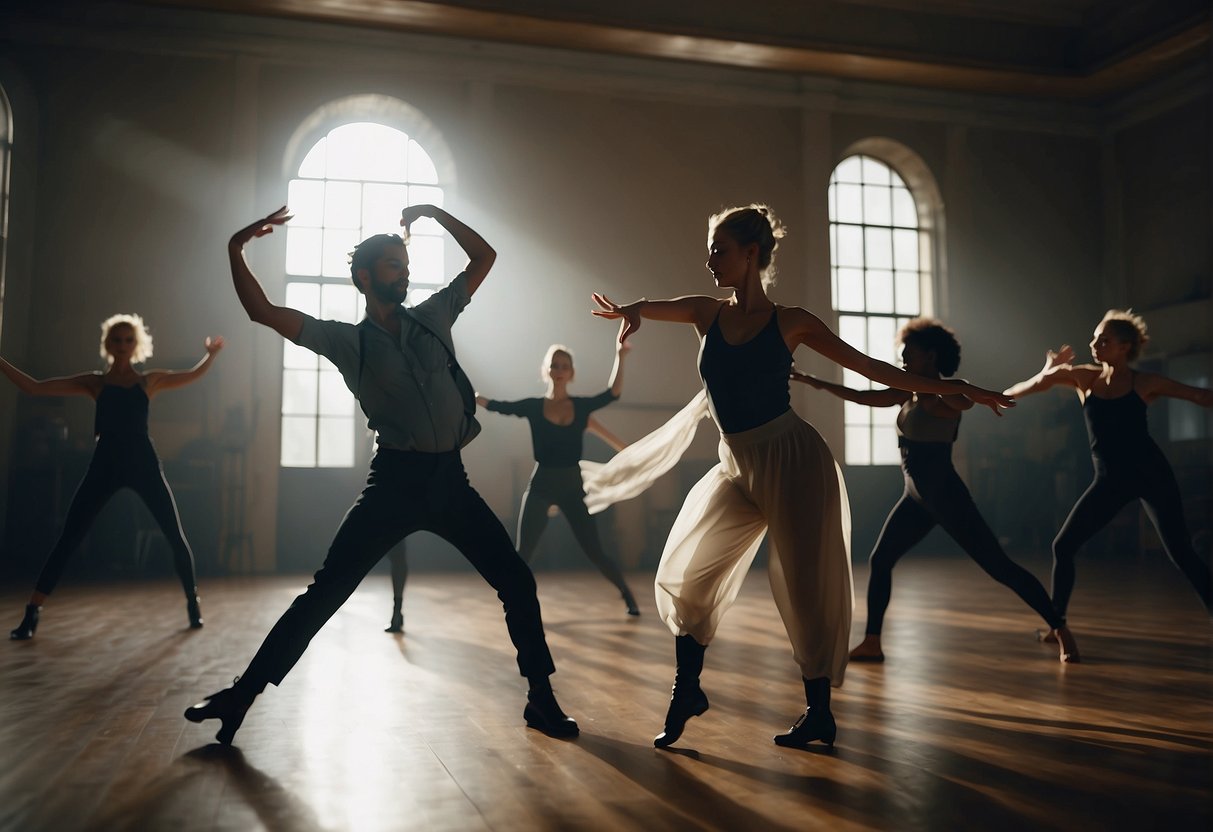
Contemporary dance is a genre that has evolved over the years, and with it, the music that accompanies it. From soulful ballads to upbeat tracks, there are many songs that are perfect for contemporary dance routines. Here are some of the top contemporary dance songs that have gained critical acclaim and popularity among dancers.
Critically Acclaimed Contemporary Dance Songs
One of the most popular songs for contemporary dance is “To Build a Home” by The Cinematic Orchestra. This emotional and cinematic track has a slow tempo and builds up gradually, making it perfect for a contemporary routine that requires a lot of fluidity and expression.
Another critically acclaimed song for contemporary dance is “Eyes on Fire” by Blue Foundation. This haunting track has a mesmerizing beat and ethereal vocals, making it perfect for a routine that requires a lot of intensity and drama.
“Fix You” by Coldplay is another popular choice for contemporary dance routines. This uplifting song has a powerful message and a soaring melody, making it perfect for a routine that requires a lot of emotion and energy.
Emerging Contemporary Dance Tracks
Emerging contemporary dance tracks are also gaining popularity among dancers. “Latch” by Disclosure featuring Sam Smith is a popular choice for contemporary dance routines. This upbeat and catchy track has a pulsating beat and soulful vocals, making it perfect for a routine that requires a lot of energy and rhythm.
“She is Love” by Parachute is another emerging contemporary dance track that is gaining popularity. This romantic and upbeat song has a catchy melody and uplifting lyrics, making it perfect for a routine that requires a lot of positivity and joy.
“Smokestacks” by Layla is a haunting and atmospheric track that is perfect for a contemporary dance routine that requires a lot of mood and intensity. The slow tempo and haunting vocals make it perfect for a routine that requires a lot of emotion and expression.
“Always Midnight” by Pat Grossi is another emerging contemporary dance track that is gaining popularity. This soulful and atmospheric track has a dreamy melody and ethereal vocals, making it perfect for a routine that requires a lot of fluidity and grace.
“When I Was Older” by Billie Eilish is a haunting and atmospheric track that is perfect for a contemporary dance routine that requires a lot of mood and intensity. The slow tempo and haunting vocals make it perfect for a routine that requires a lot of emotion and expression.
Overall, there are many songs that are perfect for contemporary dance routines, and these are just a few of the top choices that have gained critical acclaim and popularity among dancers.
Choreography and Song Selection
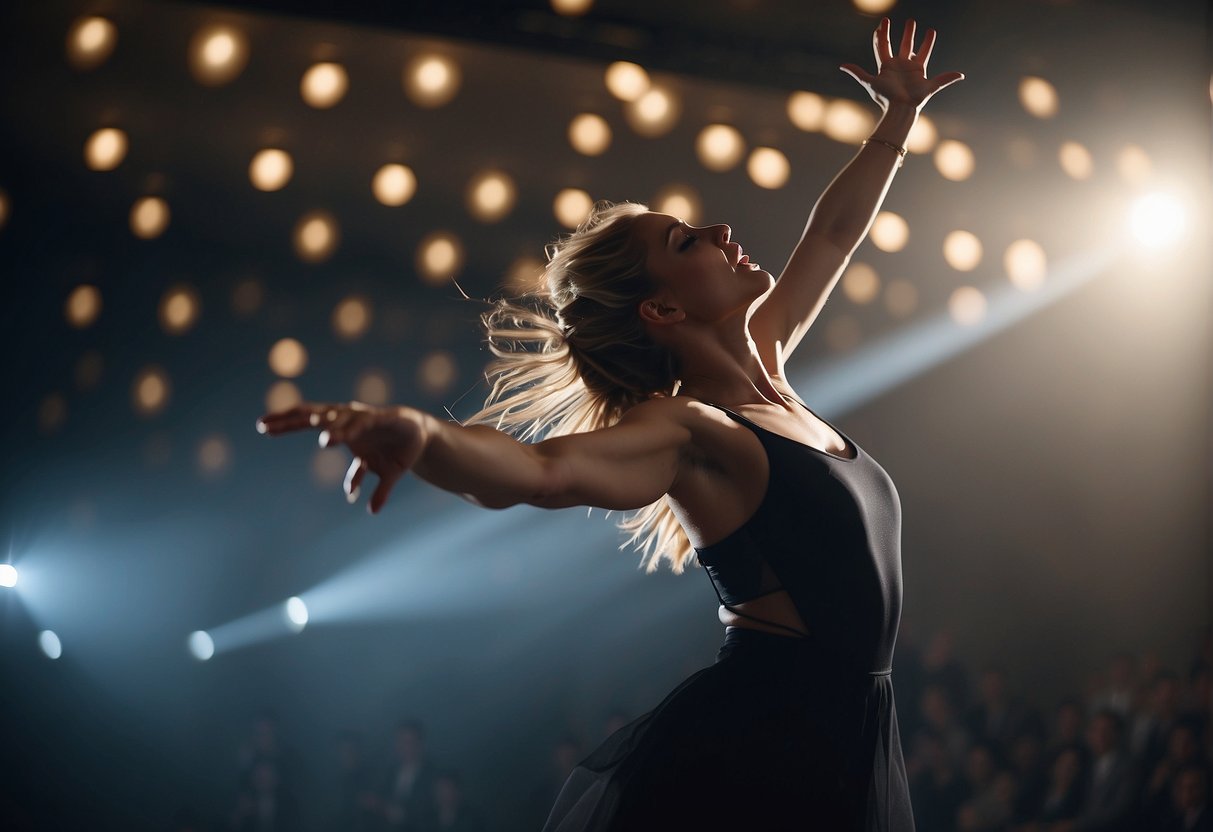
When it comes to contemporary dance, the choreography and song selection are two of the most important aspects to consider. A well-choreographed routine can showcase the dancer’s talent and skill, while the right song can enhance the mood and emotion of the performance. In this section, we will discuss the importance of choreography and song selection in contemporary dance.
Creating Routines for Competition
When creating routines for competition, choreographers must consider the balance and weight of the movements. The choreography should be challenging and dynamic, yet still maintain a sense of fluidity and grace. It is important to choose a song that complements the choreography and enhances the overall performance. The song should have a strong beat and rhythm that the dancers can easily follow.
Improvisation and Emotional Expression
Contemporary dance often involves improvisation and emotional expression. When choreographing a routine that involves improvisation, it is important to choose a song that allows for flexibility and interpretation. The choreography should be open-ended, allowing the dancers to express themselves freely. The song should have a strong emotional component, evoking a sense of feeling and mood that the dancers can interpret and express through their movements.
In conclusion, choreography and song selection are crucial elements in contemporary dance. A well-choreographed routine can showcase the dancer’s talent and skill, while the right song can enhance the mood and emotion of the performance. Whether creating a routine for competition or improvisation, it is important to consider the balance, weight, and emotional expression of the movements, and choose a song that complements the choreography and evokes the desired mood and feeling.
Artists and Albums Influencing Contemporary Dance
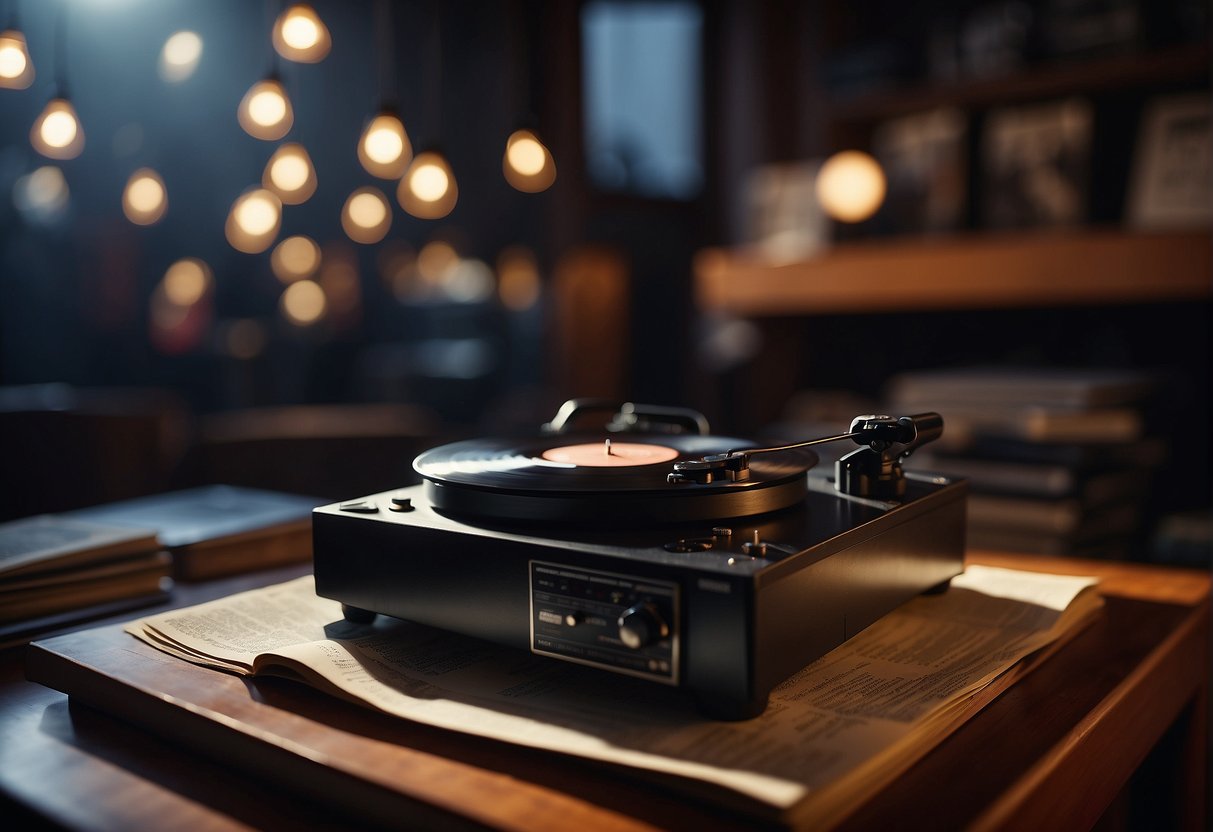
Contemporary dance is a constantly evolving art form that draws inspiration from a variety of sources, including music. In recent years, a number of artists and albums have had a significant impact on the development of contemporary dance. This section explores some of the most iconic artists and albums that have influenced contemporary dance.
Iconic Artists and Their Impact on Dance
Beyoncé is one of the most influential artists in contemporary dance. Her dynamic performances and powerful choreography have inspired countless dancers and choreographers around the world. Her album “Lemonade” in particular has been praised for its innovative blend of genres and styles.
Billie Eilish is another artist who has had a significant impact on contemporary dance. Her unique sound and style have inspired a number of choreographers to create innovative and thought-provoking works. Her album “When We All Fall Asleep, Where Do We Go?” has been particularly influential in this regard.
Coldplay is another artist that has had a lasting impact on contemporary dance. Their music has been used in countless dance performances and their album “A Head Full of Dreams” has been praised for its uplifting and energetic sound.
Albums That Shaped Contemporary Dance
In addition to individual artists, there are a number of albums that have had a significant impact on the development of contemporary dance. One of the most influential of these is “In Colour” by Jamie xx. This album’s unique blend of electronic and world music has inspired a number of choreographers to create innovative and exciting works.
Another album that has had a significant impact on contemporary dance is “Love + Fear” by Marina. This album’s introspective lyrics and upbeat sound have inspired a number of choreographers to create works that explore themes of love, loss, and self-discovery.
Overall, there are a number of artists and albums that have had a significant impact on the development of contemporary dance. From Beyoncé to Jamie xx, these artists have inspired countless dancers and choreographers to push the boundaries of what is possible in this dynamic and ever-evolving art form.
Music Production and Dance

Electronic and Dance Music Production
The rise of electronic and dance music has had a significant impact on contemporary dance. With artists such as Disclosure, Ninja Tune, and Mars producing music that is specifically designed for dancing, it is no surprise that many choreographers are turning to electronic and dance music for inspiration. The use of synthesizers, drum machines, and other electronic instruments has allowed for a new level of experimentation in music production, which in turn has led to new styles of dance.
One of the most popular genres of electronic dance music is trance. This high-energy style of music is characterized by its fast tempo and repetitive beats, which make it perfect for contemporary dance. Trance music often features a strong bassline, which can be used to create a sense of momentum in a dance routine. Additionally, many trance tracks feature a breakdown section, which can be used to create a moment of stillness in a dance routine before building up to a climax.
The Influence of Music Festivals on Dance
Music festivals such as Coachella have had a significant impact on contemporary dance. These festivals bring together thousands of people from all over the world to celebrate music, art, and culture. Many of the artists who perform at these festivals are also popular in the dance world, which has led to a crossover between the two disciplines.
One of the most interesting aspects of music festivals is the way in which they bring together different genres of music. For example, it is not uncommon to see a gospel choir performing on the same stage as a brass section. This diversity of music has led to a new level of experimentation in dance, with choreographers incorporating elements of different genres into their routines.
In conclusion, the relationship between music production and dance is a complex and ever-evolving one. As new styles of music emerge, so too do new styles of dance. Whether it is the high-energy beats of trance or the eclectic mix of genres at music festivals, there is no doubt that music has a profound influence on contemporary dance.
Cultural and Emotional Themes in Dance
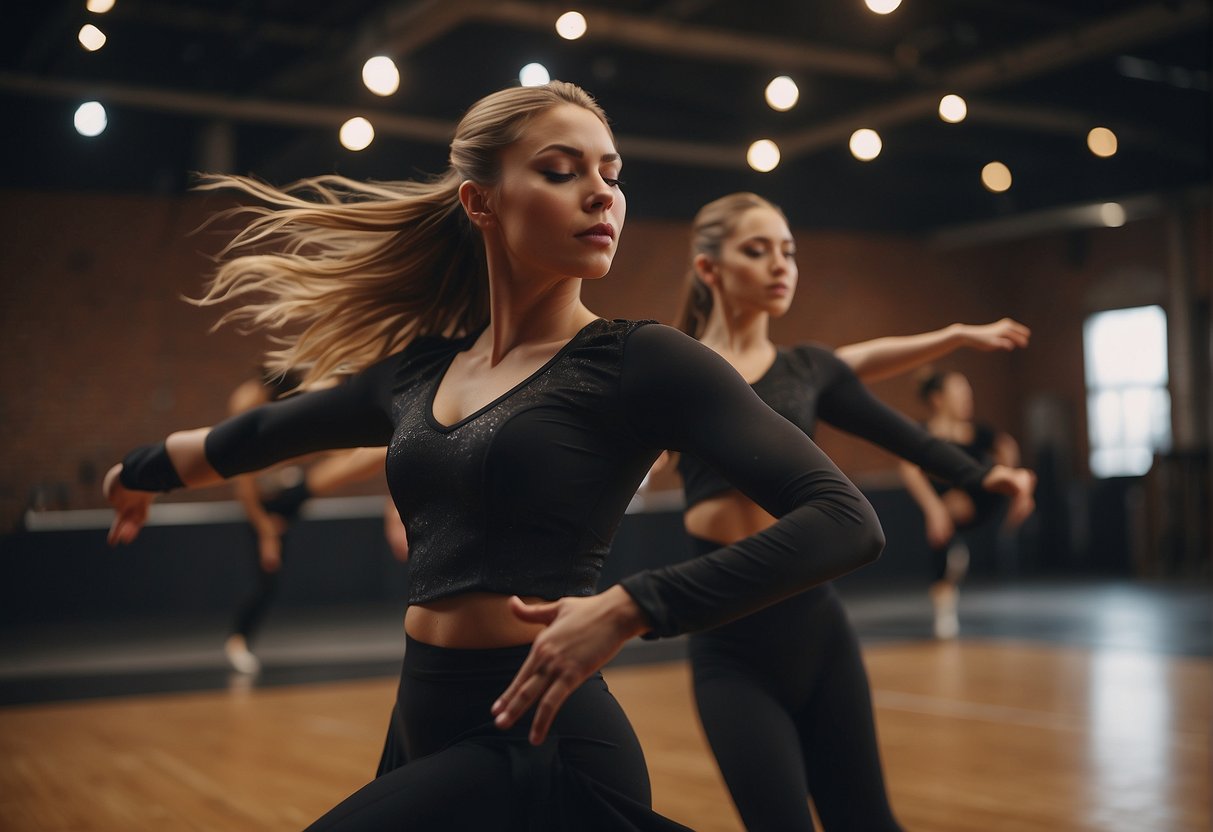
Contemporary dance is a form of expression that allows dancers to convey a wide range of emotions, ideas, and cultural themes. From love and loss to nostalgia and fantasy, contemporary dance is a powerful medium for exploring the human experience.
Exploring Themes of Love and Loss
Love and loss are two of the most common themes in contemporary dance. Dancers often use movement to convey the joy and passion of falling in love, as well as the heartbreak and sadness of losing someone they care about. Through fluid and expressive movements, dancers are able to capture the emotions that accompany these experiences.
In some cases, contemporary dance can also explore the darker side of love, such as jealousy, betrayal, and obsession. These themes can be challenging to portray, but skilled dancers are able to convey the complexity of these emotions through their movements.
Nostalgia and Fantasy in Dance Narratives
Nostalgia and fantasy are also popular themes in contemporary dance. Dancers often use movement to transport audiences to other worlds and times, creating a sense of magic and wonder. Whether it’s a nostalgic look back at the past or an impossible dream of the future, contemporary dance is able to capture the imagination and inspire audiences.
Through the use of music, lighting, and costume, dancers are able to create a complete narrative that transports audiences to another place and time. This allows them to explore themes such as nostalgia, fantasy, and impossible dreams in a powerful and meaningful way.
Overall, contemporary dance is a powerful medium for exploring a wide range of cultural and emotional themes. Through expressive movement, skilled dancers are able to convey complex emotions and ideas, inspiring and connecting with audiences in a profound way.
Contemporary Dance in Popular Culture

Contemporary dance has become increasingly popular in mainstream media in recent years, with many artists incorporating elements of the genre into their music videos and live performances. This section will explore the ways in which contemporary dance has been featured in film, television, and pop music.
Dance in Film and Television
Contemporary dance has been featured in a number of popular films and television shows, including “Black Swan,” “So You Think You Can Dance,” and “Dance Moms.” These programs have helped to bring contemporary dance to a wider audience, showcasing the athleticism and emotional depth of the art form.
In addition, many music videos have incorporated contemporary dance into their choreography, including SZA’s “Drew Barrymore” and Selena Gomez’s “Lose You to Love Me.” These videos demonstrate the versatility of contemporary dance, as it can be used to convey a range of emotions and themes.
Contemporary Dance and Pop Icons
Contemporary dance has also been embraced by pop icons such as Drake, Dua Lipa, Demi Lovato, and Missy Elliott. These artists have worked with renowned choreographers to incorporate contemporary dance into their live performances, adding an extra layer of artistry to their shows.
Contemporary dance is often used as a way to express emotion and tell a story, making it a natural fit for music videos and live performances. As the genre continues to gain popularity, it is likely that we will see even more artists incorporating contemporary dance into their work.
Overall, contemporary dance has become an important part of popular culture, inspiring audiences and artists alike. Its ability to convey emotion and tell a story through movement has made it a powerful tool in the world of music and entertainment.
Resources and Learning Contemporary Dance
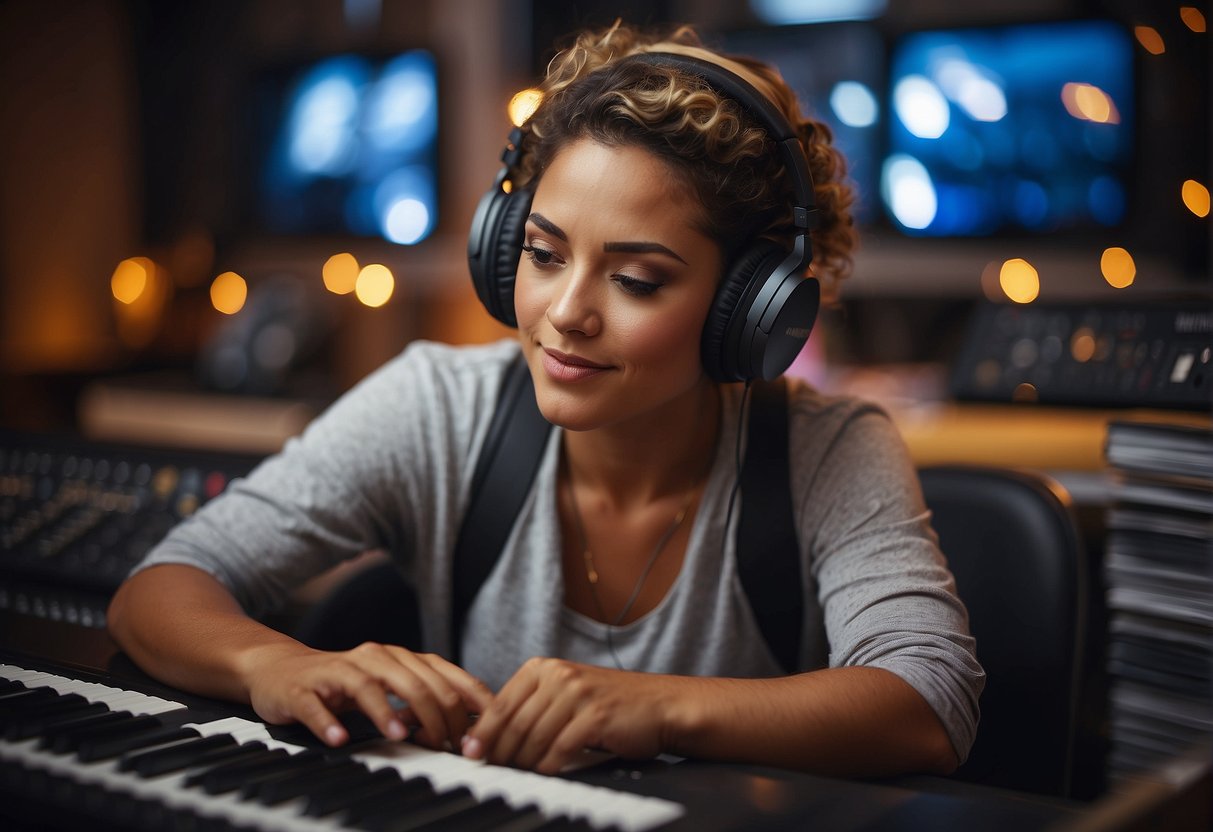
Contemporary dance is a constantly evolving art form that requires dedication and practice to master. Whether you are a beginner or an experienced dancer, there are many resources available to help you improve your skills and learn new techniques. In this section, we will explore some of the best resources for learning contemporary dance.
Online Tutorials and Workshops
One of the best ways to learn contemporary dance is through online tutorials and workshops. There are many websites and platforms that offer high-quality dance lessons from experienced instructors. Some popular options include:
- DancePlug: DancePlug offers a wide range of online dance classes, including contemporary dance. Their classes are taught by experienced instructors and are suitable for dancers of all levels.
- Dance Magazine: Dance Magazine offers a variety of online tutorials and workshops, including contemporary dance. Their classes are taught by some of the best dancers and choreographers in the industry.
- YouTube: YouTube is a great resource for finding free contemporary dance tutorials and workshops. Some popular channels include DancePlug, Dance Magazine, and DanceOn.
Dance Schools and Professional Training
If you are serious about learning contemporary dance, you may want to consider enrolling in a dance school or professional training program. These programs offer comprehensive training in a variety of dance styles, including contemporary dance. Some popular options include:
- Juilliard School: The Juilliard School is one of the most prestigious dance schools in the world. They offer a comprehensive dance program that includes training in contemporary dance.
- New York University Tisch School of the Arts: The Tisch School of the Arts offers a variety of dance programs, including a Bachelor of Fine Arts in Dance that includes training in contemporary dance.
- Alvin Ailey American Dance Theater: The Alvin Ailey American Dance Theater is a world-renowned dance company that offers professional training programs in contemporary dance.
No matter what your level of experience or skill, there are many resources available to help you learn and improve your contemporary dance technique. Whether you choose to take online tutorials or enroll in a professional training program, the key is to practice regularly and stay dedicated to your craft.
